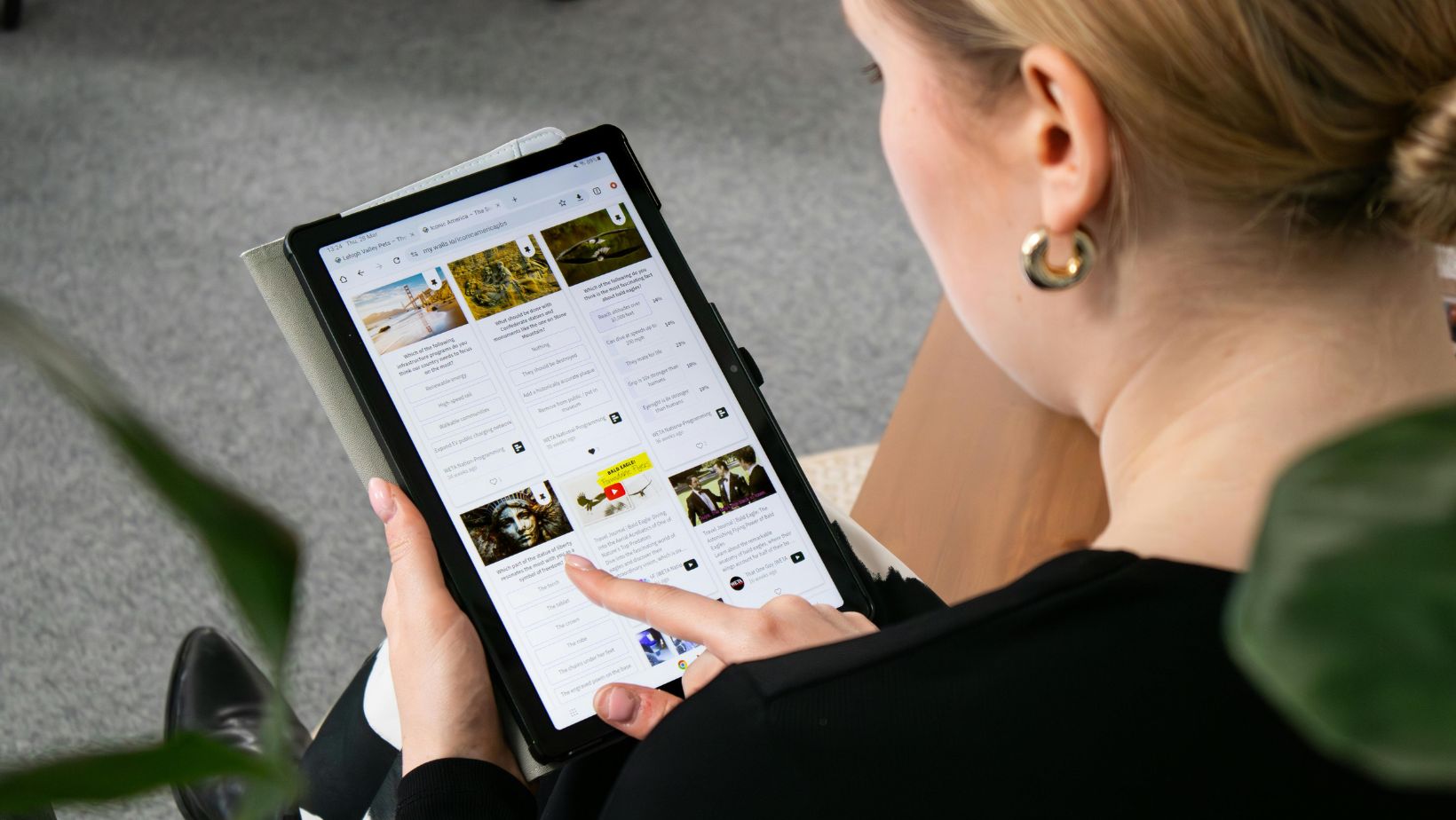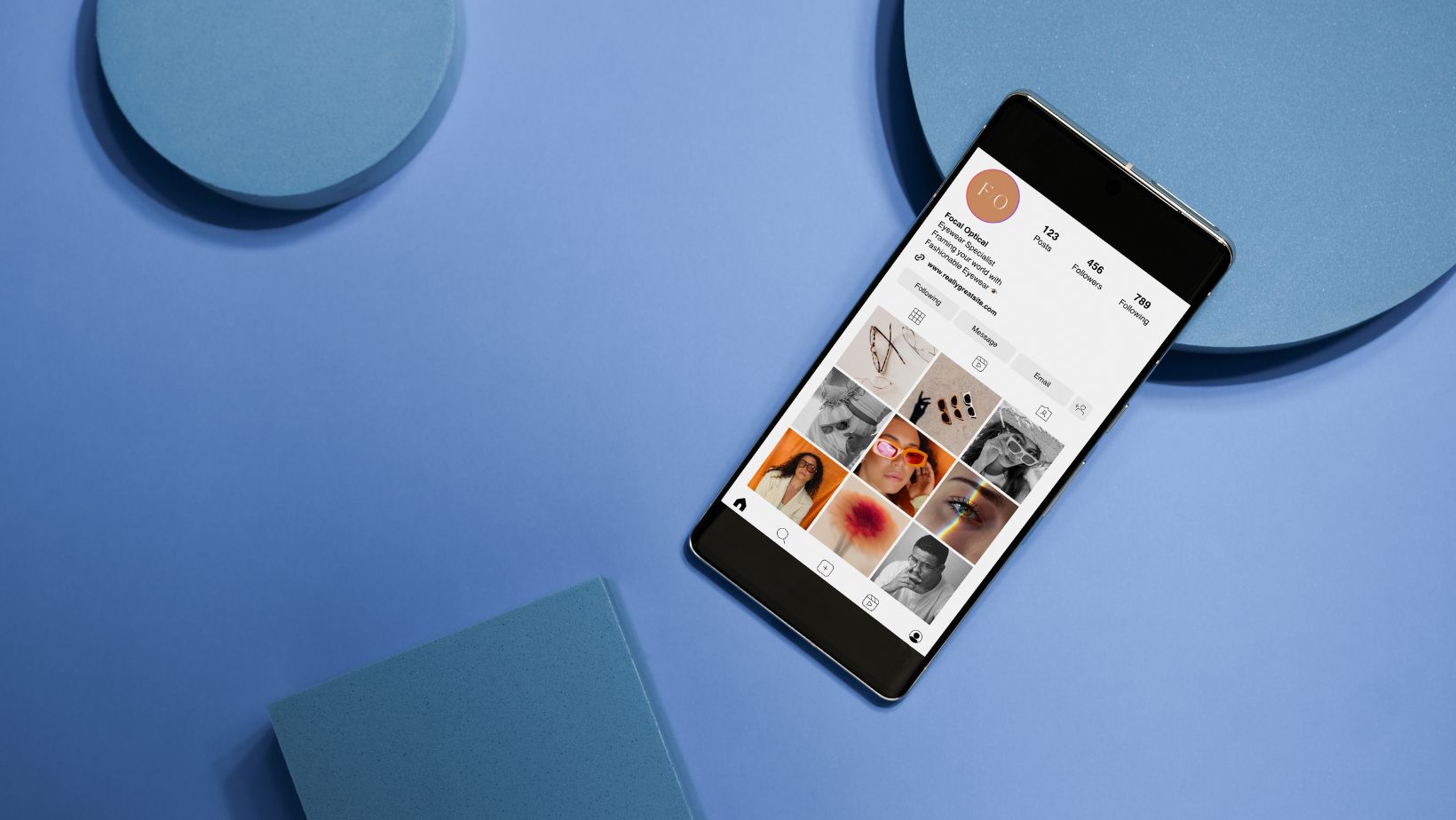If you’ve spent time on social media lately, you’ve probably noticed it. Someone posts a hand holding a coffee cup across a table, but the other hand in the shot is new. Or they share a photo of a moving box in a hallway without saying they’ve moved. It’s not a full announcement—it’s a teaser. This growing habit is called a “soft launch,” and while it might seem small, it says a lot about how we share our lives online. Just like a casual hint in conversation can lead someone to explore a whole new topic, some people drop subtle cues that make you want to read more about the story they’re not telling outright.
What Is a Soft Launch?
In the digital sense, a soft launch is posting a detail, image, or small clue that suggests a bigger life update without directly stating it. It might be a shadow in the background, a cropped figure, or a caption that hints at change without spelling it out.
These posts rely on context and curiosity. They invite people to read between the lines. And for the person posting, they offer a way to share without committing to a full announcement.
Why People Do It
There are a few reasons soft launches have become popular.
First, it allows control over the narrative. Instead of a sudden burst of attention, you can test the waters and see how people respond.
Second, it’s a form of privacy. The internet can be unpredictable. A soft launch lets you reveal part of your life without giving away all the details.
Third, it’s playful. Many people enjoy the game of making friends, followers, and even strangers piece together the meaning of a post.
The Psychology Behind It
Humans are wired to notice gaps in information. If something feels incomplete, our brains want to fill it in. A soft launch plays into that instinct.
It’s also a way of managing vulnerability. Announcing something—whether it’s a new relationship, a job, or a move—can invite judgment. By easing into it, you can protect yourself from a flood of reactions all at once.
For some, it’s even about savoring the moment. Instead of one big post that gets swallowed by the feed in a day, soft launches create multiple points of engagement over time.
Examples Beyond Relationships
Most people think of relationship reveals when they hear “soft launch,” but it can apply to many areas.
- A new project hinted at through workspace photos.
- Travel plans teased with a suitcase picture.
- A fitness goal implied by a post-run photo without context.
- A new home hinted at through a corner of an unfamiliar room.
It’s about dropping breadcrumbs, not serving the whole loaf.
The Risks of the Soft Launch
While it can be fun, soft launching isn’t always risk-free.
Some followers may find it frustrating or manipulative, feeling like they’re being teased for attention. Others may misinterpret clues and create their own stories, which can spread misinformation.
And there’s the possibility that a soft launch builds expectations you don’t end up meeting. If plans change, you may have to backtrack publicly.
Why the Trend Works Now
Soft launches fit into the current social media culture. Attention spans are short. Oversharing can feel exhausting. And mystery creates engagement.
Platforms reward interaction, and hint-based posts tend to get comments like “Wait, what?” or “Tell me more!” That activity signals to algorithms that the post is worth showing to more people.
The trend also matches a shift toward more curated sharing. People aren’t always broadcasting everything in real time anymore. They’re choosing what to share, when, and in what form.
Finding the Balance
If you’re going to soft launch something, think about your goal. Are you trying to keep things light and fun, or are you protecting your privacy? Are you okay with people speculating?
It’s also worth remembering that you control what happens next. A soft launch can stay soft—you don’t have to follow it with a full reveal if you don’t want to.
Closing Thoughts
The soft launch trend shows how people are adapting to a world where privacy and performance intersect. It’s part protection, part play, and part storytelling.
Whether you love it or find it irritating, it’s likely here to stay. And in a way, it’s not new at all—it’s just a modern version of dropping hints and letting others do the guessing.



